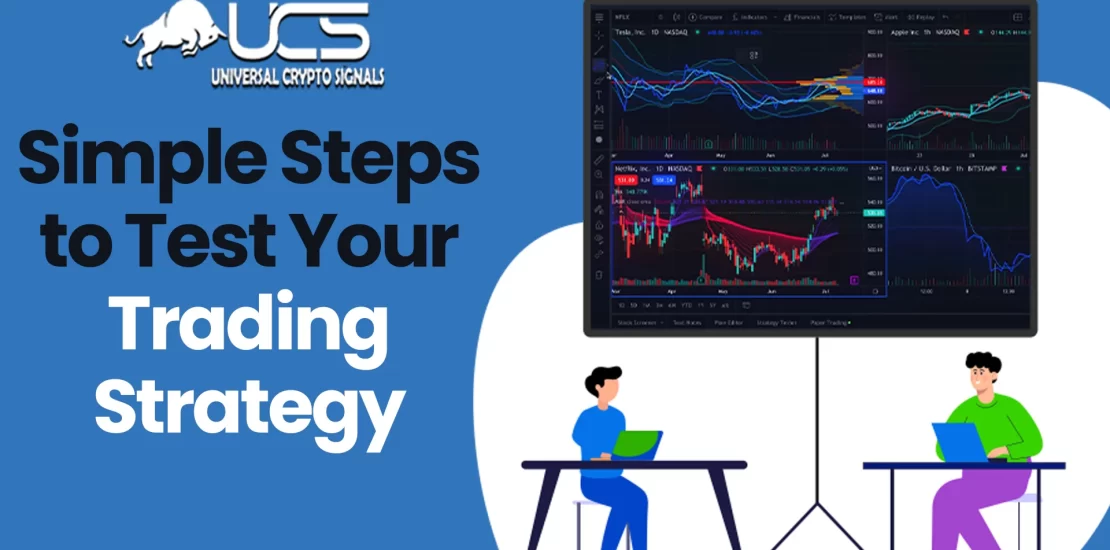- November 23, 2023
- Posted by: Jackson Bennett
- Category: Crypto

A trading plan is the goal-setting part, and executing it is the most crucial factor in the trader’s path. Thus, this article will show you one of the most known trading theories, and, simultaneously, you can try the trading theory in real practice.
If you’re new to the crypto space and you want to make some money by trading crypto, 3 things might hover in your mind: If you’re new to the crypto space and you want to make some money by trading crypto, 3 things might hover in your mind:
- You want to gain returns without having to lose money. You want to get returns without necessarily incurring losses.
- POS: You don’t need any ‘simulators’ to do that.
- Moreover, the changes and variations that might occur in the trades could also require stakeholder’s intervention to refine and innovate.
What should be your approach?
Of course, let’s assume for a bit of a story here that you have at least ten different trading strategies here and you want to know which one among them can give you the best result.
Or assuming that you are a fan of some personality based on the reactions and the things you share. Additionally, they promoted a strategy that they said could help identify the likely winners in trades to a percentage of 90% (it is prudent to seek more details on your own).
Using one sound and recognizable trading strategy, I will try it. Hence, they learn by means of an example, and below is one that is frequently used.
Test your Trading Strategy: Long Position Rules
- Any regulation that establishes upper limits for a long position defines long position rules.
- It then drops back down to the 50 EMA.
- Deploy the Fibonacci to ensure that the price has bounced back to the ½ a fiber which is 0. 5 bands.
- Moreover, identify another element of a potential divergence (Bearish formations on a price chart: Higher low, Bearish formations on an RSI chart: lower low)
- Once you spot all of these, wait for the bullish bar to signal a buy. People consider this indicator to be very efficient.
- It is advised to place the stop loss subsequently below the wick.
- You can set a 1 to 1 risk ratio or 1 to 2, however, I set it to ratio 1, while the participants’ answers to all the questions were quite diverse, the first question received more varied responses than the subsequent ones.
- In this case, I actually made a mistake and took a short position in the market instead of holding the long position as expected, which resulted in a slight loss.
Test your Trading Strategy: Short Position Rules
- We create short position rules to control short positions, especially when we need to limit speculation.
- Thus, there is an opportunity to stop at the 50 EMA as against the use of pull back technique to look for where to enter longs.
- Furthermore, use the Fibonacci tools to draw the Fibonacci, the Fibonacci retracement up to the 50 level.
- They are powerful in identifying that hidden divergence that takes place when a short lower high on the price happens simultaneously with a higher high on the RSI.
- Now wait for the bearish candle for a signal. Now, wait for the bearish candle as its formation gives the signal.
- Since the first set is equal to the first set risk ratio of 1 to 1 or first set risk ratio of 1 to 2, I decided to make it set at ratio 1 to 5.
How to test your trading strategy?
Well, now you just need to divide the chart into either Bullishness or Bearishness. For example, they have all been bearish since May 2021, with a period of intense run before April 2021.
After identifying that your strategy has Long and Short position rules, try and find patterns on how you can apply them with the historical data.
How many tests to be run?
One of the rules that you should adhere to is that you should run at least 25 tests for both the Bulls and the Bears. When you average out the outcomes of such tests, you will analyze the strategy with a high degree of proximal precision.
Conclusion
The strategy shared is an example, and you need to make your own strategy in the way you place long and short positions.
Furthermore, average it out by Wins and Losses and also segregate which position won the most.
- Bearish Times = Long wins & Short Wins
- Bullish Times = Long wins & Short Wins
Take commission/ fee into consideration and evaluate the success rate. If you win a
trade, you get less than what you won, and if you lose a trade, you lose more than you lost.
If your strategy works 70% of the time or more, I believe that can yield you decent returns.
Add a comment
You must be logged in to post a comment.



